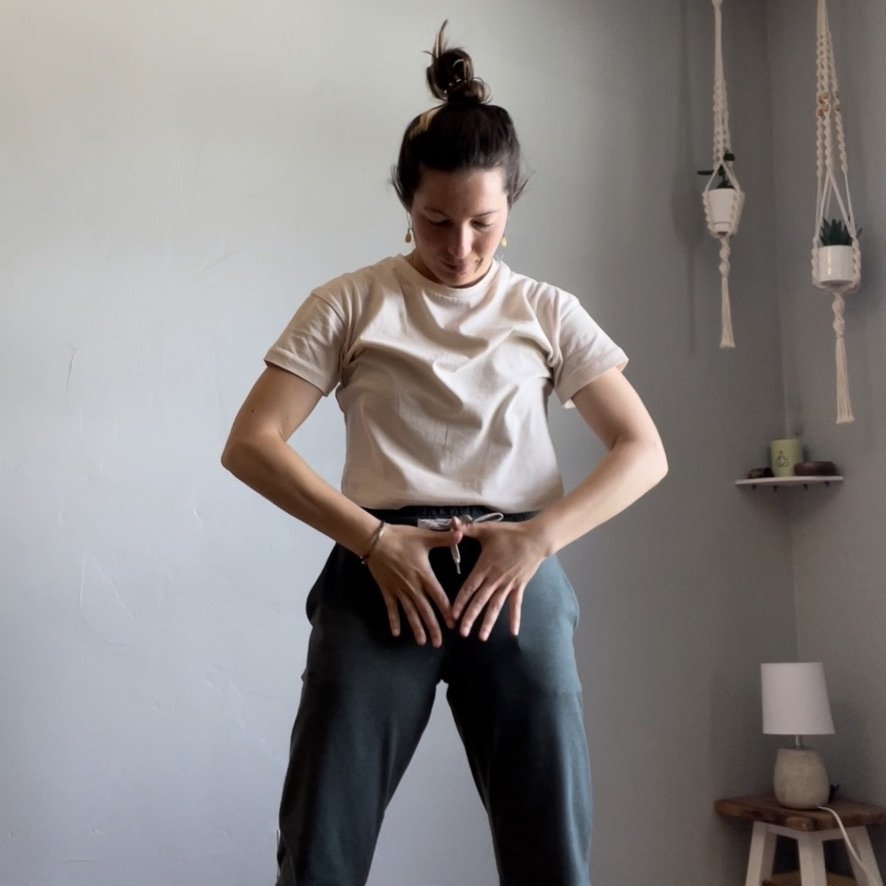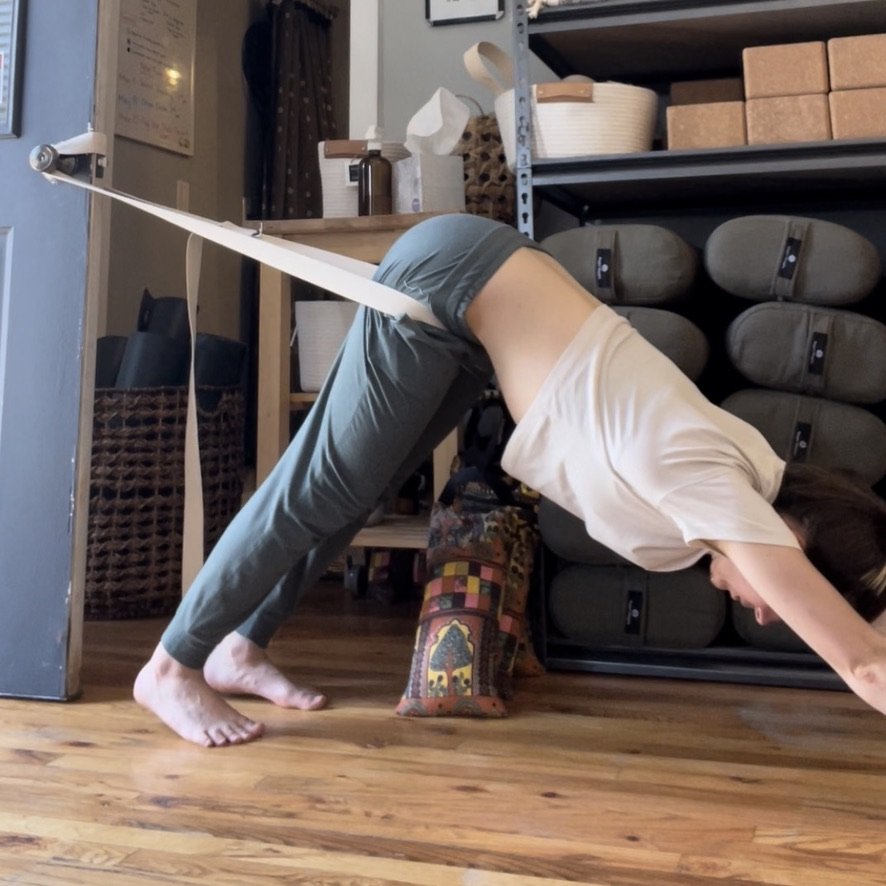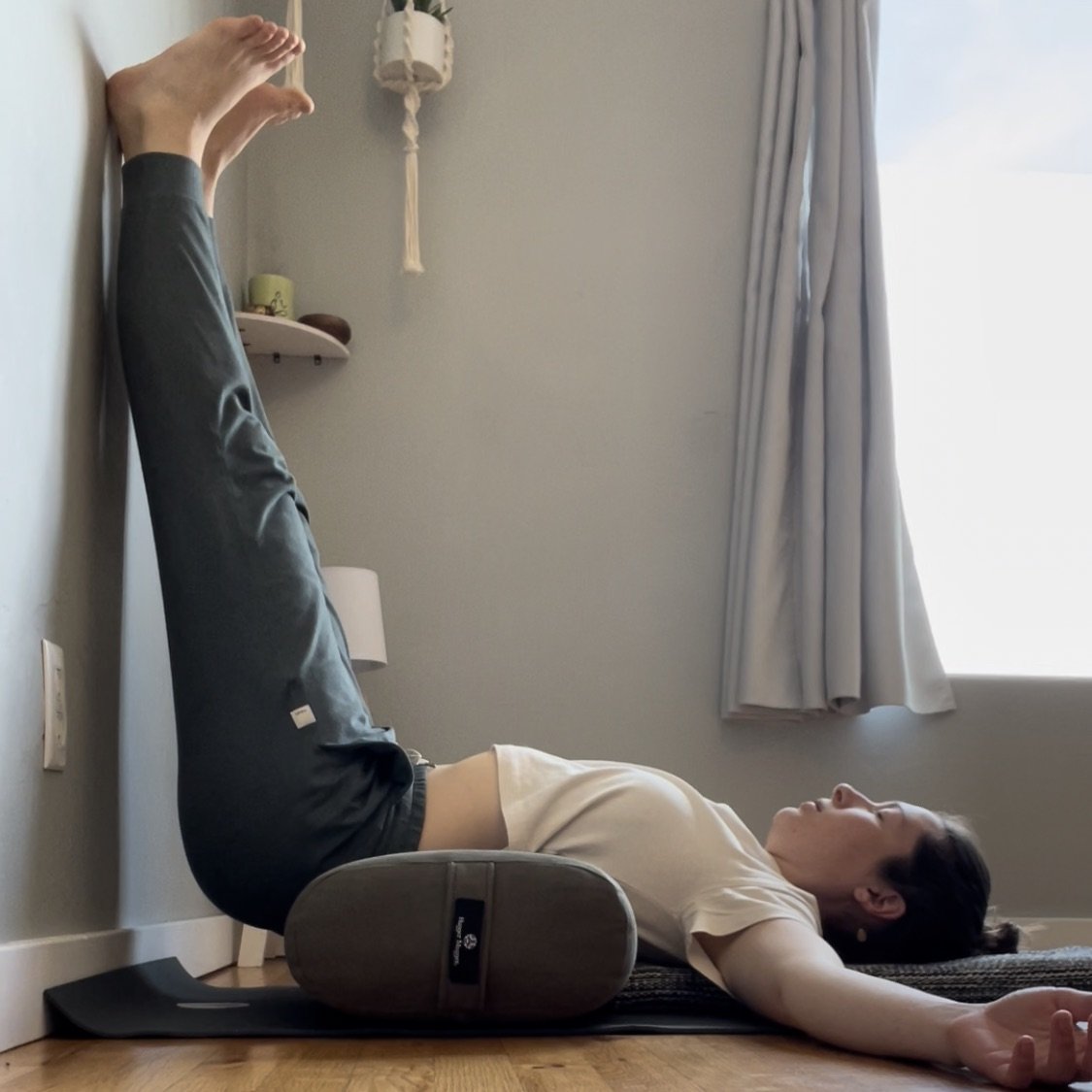Yoga For Peri-Menopause
“The most powerful force in the world is a menopausal woman with zest.”
- Margaret Mead
Menopause refers to a date on a calendar, one year after a last period. Peri-menopause is the period of time before menopause when hormones are changing and the body is transitioning out of its fertile state. Peri-menopause can happen naturally as early as thirty-five and as late as sixty and can last 2-10 years. As hormones change, the turbulence can be smooth for some, and rocky for others. It can be exacerbated by other events happening in one’s life during this time, as well as the history of relationship to the menstrual cycle.
Premature menopause (menopause that happens before 40) can happen because of genetics, autoimmune disease, and endometriosis. It can also be caused from surgery due to a mastectomy or hysterectomy.
Yoga and it’s associated lifestyle practices can be helpful during the transition years of peri-menopause and into menopausal years. It can help alleviate the turbulent changes, as well as provide a practitioner a lens with which to study their body and learn about their relationship to change and aging.
Biology
During peri-menopause, the pituitary gland works harder to pull follicles out of the ovaries by producing more follicle stimulating hormone (FSH) which shortens the pre-ovulatory phase of the cycle and creates more frequent cycles. As the number of follicles lessens, there is a corresponding decrease in hormone production by the ovaries. When progesterone levels decrease, even though cycles may still be occurring, they become anovulatory cycles (cycles without ovulation) and may or may not result in a period.
Without the regular occurrence of ovulation, and therefore, progesterone production, estrogen can take over, which is were symptoms of peri-menopause are seen. These may include insomnia, weight gain, headaches, and irregular periods that may be light or may be heavier and prolonged. These symptoms are characteristic of estrogen dominance. In time, estrogen also decreases creating symptoms of estrogen deficiency which can include vaginal dryness, hot flashes, mood swings, or night sweats.
Lifestyle
Those with menstrual cycle issues are likely to experience a rocky transition throughout peri-menopause. Peri-menopause is a big, sometimes confusing transition that mimics that of our first period and of each cycle. How bodies responded during menstruation and how each woman chooses to react to them, may hold up a surprising mirror to how she moves into menopause. If you are reading this while having periods, it is a great time to take care of yourself during these cycles to set yourself up for a smoother transition through peri-menopause.
In women’s wisdom, menopause marks the transition from the creatrix into the crone stage of life (read more about the Archetypes here). The Creatrix, or Autumn stage of life, represents the turbulent time of peri-menopause. The Creatrix paves her own path and starts creating a life for her, regardless of the opinions of those around her. She starts clearing the way for only those things, people, and situations that are most important to her. Her energy starts to shift from producing and giving, to receiving and knowing. The Crone archetype represents postmenopausal years. The Crone is a wise woman, who has been through many trials and experiences, and has wisdom to share. It is said that during menopause a woman’s psychic abilities become pronounced. If you are in this transition, allow yourself to step into this place with pride knowing you may be an elder in gatherings which allows you a seat of respect. This may be a far fetched hopeful idea for some, but there are ways to take this transition into your own hands to celebrate in your style. This is an important time to recognize the big shifts that can happen in the physical and emotional body. Many women change a lot in their lives during this time so it can suit the interests, people, and situations that are closest to their heart.
“Freeing the body inevitably leads to freeing the heart. Emotions need to flow like the blood circulating in the body. When our emotional arteries are blocked, when our heart is jammed up, our whole life lacks vitality.”
- Gabrielle Roth
Ceremony
A ceremony can be arranged for a woman transitioning out of the fertile years and can happen any time into menopausal years. A ceremony can be a large gathering with friends and family, or it can be done completely solo. If you choose to create a ceremony for yourself or another woman, here are a few ideas adapted from Lucy H. Pearce’s book Moon Time of aspects to add to the celebration:
Setting up an altar or indoor or outdoor space with items signifying ceremony such as flowers, candles, a shawl, or herbs
Including song, drumming, music, and poetry
A place to transition by physically stepping through a tunnel or door or by changing clothes
Having participants state the qualities they appreciate about this person and what they hope she can carry with her into her wisdom years
A celebratory feast
Color: Black
Element: Earth
Transitioning to the Crone state of life is not often celebrated in our culture and it is sadly often looked upon as a curse of getting older. By having a ceremony whether it be a large gathering or a personal event, you are breaking the decades of cultural rules that state that to be young and fertile is better than to be experienced and wise. However you choose to celebrate is a perfect way to interrupt this patterning and to claim the respect and honor of becoming a wise woman. If you need more motivation to not feel alone on this path, think about this: by the year 2030 there will be 2.3 billion menopausal women (Crone’s) in the world. This is more than ever before in history.
Yoga suggestions
Restorative and womb centered yoga can help during peri-menopause and menopausal years by providing a sense of calm and introspection. Peri-menopause is the perfect time to make yoga a consistent practice in your every day life to learn about the ebbs and flows of your body and notice what helps the body to feel nourished.
By gently constricting and releasing glands along the endocrine system, yoga can help stimulate the ovaries and pituitary glad to produce more hormones. This can support peri-menopause by:
Providing less fatigue
Providing a sense of relaxation
Providing a place for reflection to turn towards and recognize changes instead of ignore signals from the body
Reducing stress
Balancing hormones
Many women find that supported backbends and supported inversions are helpful in evening out symptoms of peri-menopause. Practice the sequence below on its own or add it in to your daily movement practice. Avoid inversions when on your period, you can resume after bleeding has stopped.
Womb Bathing Breaths
Bring your hands to namaste at your heart, make yoni mudra (a downward pointing triangle) and bring it in front of the womb space, draw the hands out in front of you and bend the knees. Interlace the fingers and bring them up overhead, sway to one side and then the other, open the arms and bring them back to yoni mudra in front of the womb space and return back to namaste. Repeat as many times as you’d like to feel calm and nourished.
Hanging Downward Dog
This is a supported inversion which helps to stimulate the pituitary gland which can have positive effects on the release of hormones, easing the symptoms of peri-menopause. This pose also relieves lower back and shoulder tension and tightness.
Pelvic Tilts Against A Wall
Rock the pelvis, as it comes into posterior pelvic tilt (pubic bone towards the navel) lift the hips with the help of the wall.
Viparita Korani
The peri-menopausal years can be busy for many. This pose acts as a short vacation for the body and the mind. It provides a space to let go of everyday tasks and concerns. Viparita Korani increases the upward flow of energy, Prana Vayu, and changes brain wave activity to give the thinking brain a rest.
Next steps
I work 1:1 with women for 3 months to integrate yoga, rituals, and ceremonies into their lives. Learn more about working with me.
Further reading and resources:
Yoga: A Gem For Women by Geeta S. Iyengar
Moon Time by Lucy H. Pearce
Yoga Myths by Judith Hanson Lasater
Relax and Renew by Judith Hanson Lasater





